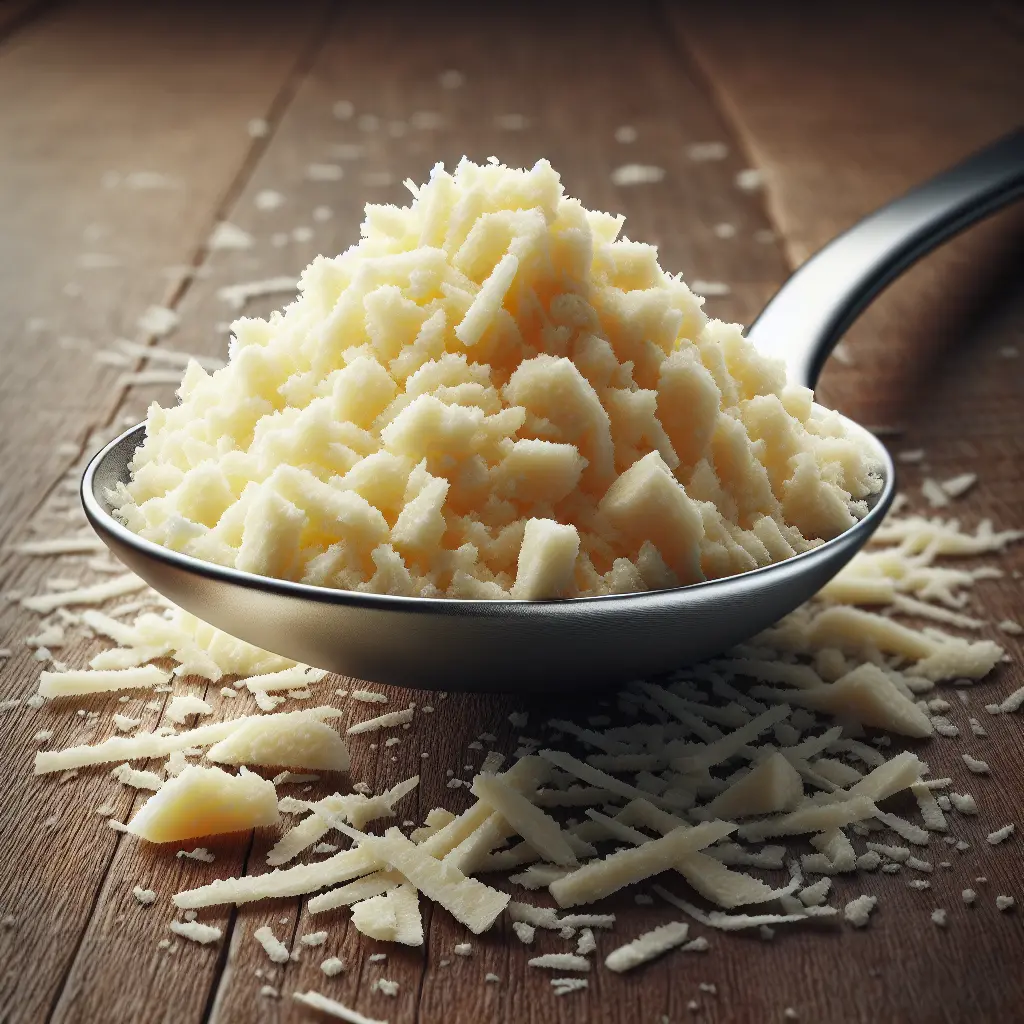Parmesan Cheese: A Culinary Gem
Parmesan cheese, also known as Parmigiano-Reggiano, is a hard, granular cheese hailing from the northern Italian provinces of Parma, Reggio-Emilia, Modena, and Bologna. It boasts a complex flavor profile, characterized by a nutty, salty, and slightly sharp taste. Parmesan cheese has been a staple in Italian cuisine for centuries, adding a touch of sophistication and umami to countless dishes.
The production of Parmesan cheese follows a stringent process, regulated by strict quality standards. It begins with the collection of fresh milk from local cows, which is then heated and coagulated with rennet. The resulting curds are cut, cooked, and pressed into large wheels, which are salted and aged for a minimum of 12 months. This aging period allows the cheese to develop its distinctive flavor and texture.
Nutritional Profile and Health Benefits
Parmesan cheese is a nutrient-rich food, packed with protein, calcium, and other essential vitamins and minerals. A single tablespoon serving contains approximately:
- Calories: 21
- Protein: 1.4 grams
- Fat: 1.4 grams
- Carbohydrates: 0.7 grams
- Fiber: 0 grams
- Sugar: 0 grams
The high protein content of Parmesan cheese makes it a valuable addition to your diet, especially if you are looking to increase your protein intake. It is also an excellent source of calcium, which is essential for maintaining strong bones and teeth. Additionally, Parmesan cheese contains vitamins A, B12, and K, as well as minerals like zinc and phosphorus.
Culinary Versatility
Parmesan cheese is renowned for its culinary versatility. It can be grated, shaved, or crumbled over a wide range of dishes, adding a savory touch to pasta, salads, soups, and even desserts. Here are some popular ways to use Parmesan cheese:
- Grated: Sprinkle grated Parmesan cheese over pasta dishes, such as spaghetti bolognese or fettuccine Alfredo, for a classic and flavorful topping.
- Shaved: Use a vegetable peeler to create thin shavings of Parmesan cheese, which can be added to salads, carpaccio, or grilled vegetables.
- Crumbled: Crumble Parmesan cheese into soups, sauces, and casseroles to enhance their richness and depth of flavor.
- As a garnish: Finely grated Parmesan cheese can be used as a finishing touch to many dishes, adding a touch of elegance and umami.
In addition to its culinary uses, Parmesan cheese is also a popular ingredient in cheese plates and charcuterie boards. It pairs well with fruits, nuts, and other cheeses, creating a delightful combination of flavors and textures.
Tips for Using Parmesan Cheese
- Use high-quality Parmesan cheese: Opt for Parmigiano-Reggiano DOP (Denominazione di Origine Protetta), which guarantees the authenticity and quality of the cheese.
- Store properly: Parmesan cheese should be stored in the refrigerator, wrapped in parchment paper or plastic wrap, for up to 6 months.
- Grate fresh: Avoid using pre-grated Parmesan cheese, as it loses flavor and aroma over time. Use a fresh block of cheese and grate it yourself just before using.
- Experiment with pairings: Try pairing Parmesan cheese with different ingredients, such as truffle oil, balsamic vinegar, or honey, to create unique and delicious flavor combinations.
Whether you are a seasoned chef or a home cook, incorporating Parmesan cheese into your culinary creations will elevate the taste and sophistication of your dishes. It is a versatile and delicious ingredient that adds a touch of Italy to any meal.
How many calories are in Parmesan Cheese?
Each 1 tbsp of Parmesan Cheese contains 21 calories.
Parmesan Cheese Nutritional Information
| Nutrient | Amount per 1 tbsp (5g) |
|---|---|
| Calories | 21 Calories |
| Protein | 1.4g |
| Fat | 1.4g |
| Saturated Fat | 0.8g |
| Cholesterol | 0.0043mg |
| Carbohydrates | 0.7g |
| Dietary Fiber | 0g |
| Sugar | 0g |
| Sodium | 0.09mg |
| Potassium | 0.009mg |
| Calcium | 0.043mg |
| Iron | 0mg |
